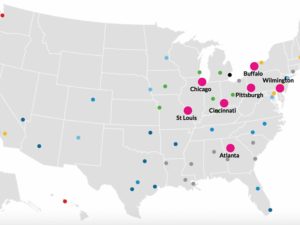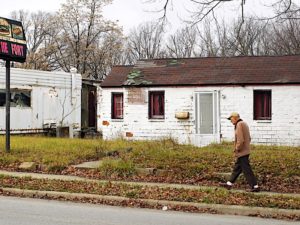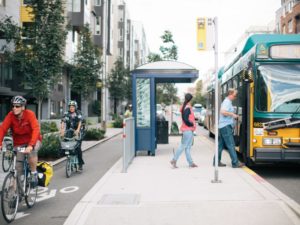
Patrick Mazza of Grist opines on a new proposal to “electrify railroads, run them on renewable energy, and use rail corridors as electricity superhighways to carry power from remote solar and wind installations to population centers.” The book that details the plan, entitled “Solutionary Rail,” would also lay the groundwork for higher-speed rail and a more robust electric grid. Bill McKibben, author of the book’s forward, writes that “Rail electrification, as proposed in this remarkable book, is that rarest of things: a genuinely new idea, and one that makes immediate gut sense.” “Electrification would be accomplished in conjunction with track modernization. Together, these would allow express freight service running above 80 miles per hour and high-speed passenger service up to 125 mph.” “Rail electrification is common in other parts of the world. Around the globe, electricity serves nearly a quarter of railroad track miles and supplies over one-third of the energy that powers trains. But in the U.S., under 1 percent of tracks are electrified. That’s due to high upfront capitalization costs, an obstacle that publicly owned railroads in other nations do not face. Railroads in other countries also do not have to pay property taxes on electrification infrastructure, which U.S. railroads do.” “Rail electrification, as proposed in this remarkable book, is that rarest of things: a genuinely new idea, and one that makes immediate gut sense.” “Very high-speed passenger rail operates above 180 mph in Europe and Asia, and is being developed in California and the U.S. Northeast, but it generally requires dedicated tracks. Solutionary Rail’s more modest increase in speed is the economically practical option for most U.S. lines. Existing tracks can be upgraded, and freight and passenger trains can be accommodated on the same lines.” As a further benefit, and a way to help pay for the costs, the proposal recommends public-private partnerships with railroads that would also build new long-distance, high-capacity electric transmission lines. “Some renewable energy, like wind power produced in the Great Plains, is stranded and can’t get to where it’s needed. But rail corridors are already being put to industrial use, so they could easily accommodate new power infrastructure, connecting renewable-energy-rich rural areas to big metropolitan areas.” “The huge, public benefits of rail electrification justify a public expenditure. But electrification would also greatly benefit privately owned railroads.”







